Trusted Chimney Evaluation to Keep Your Home Secure
Regular chimney inspections are essential for ensuring the safe and efficient operation of fireplaces. Properly maintained chimneys help prevent fire hazards, carbon monoxide buildup, and structural damage. Identifying issues early can save homeowners from costly repairs and potential safety risks.
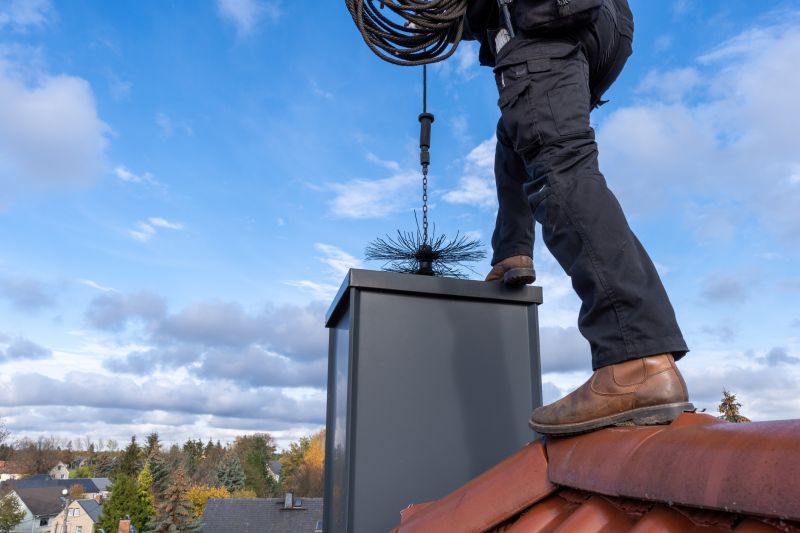
A thorough check of the chimney cap to prevent debris and animals from entering the flue.
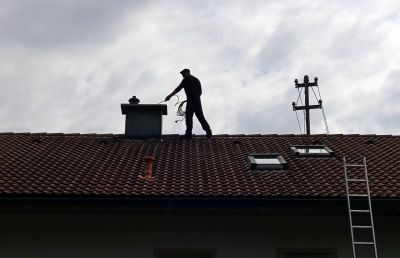
Assessment of the lining for cracks, corrosion, or deterioration that could compromise safety.
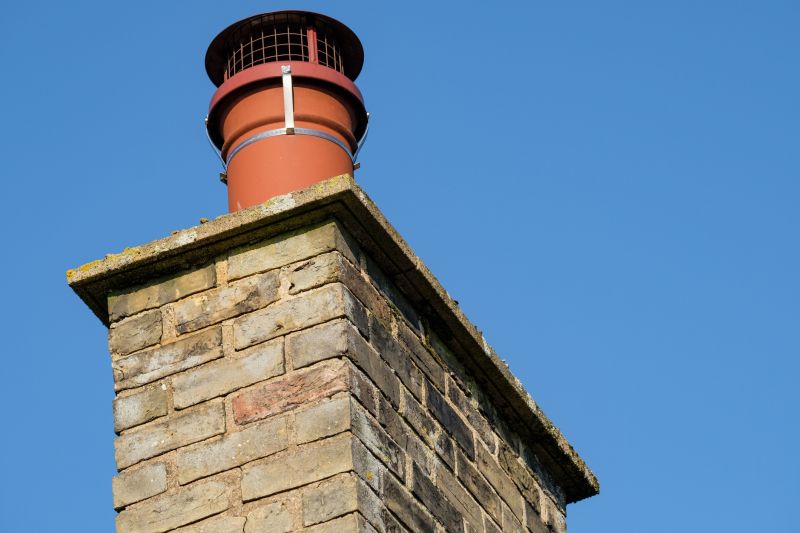
Ensuring the damper opens and closes properly to control airflow and prevent heat loss.
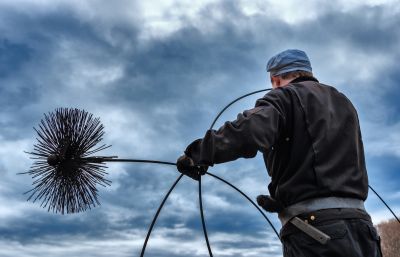
Examining the smoke chamber for cracks or creosote buildup that can impede proper venting.
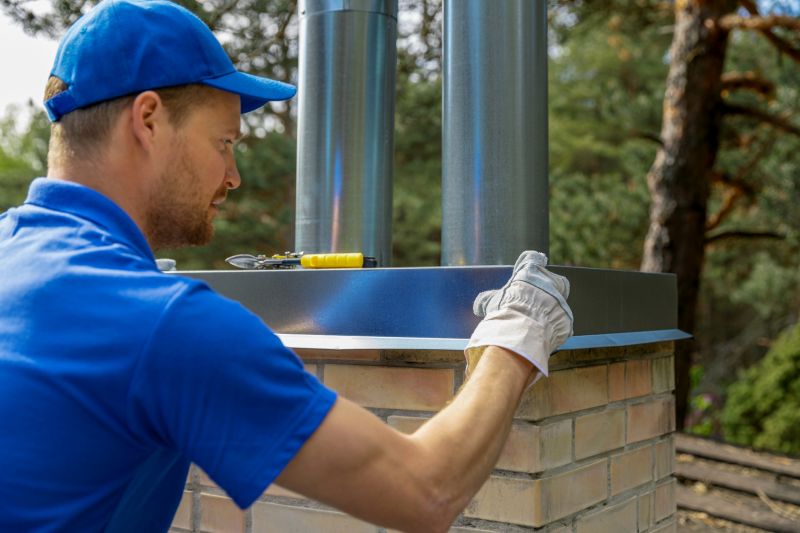
Checking the firebox for damage or deterioration that could pose safety risks.
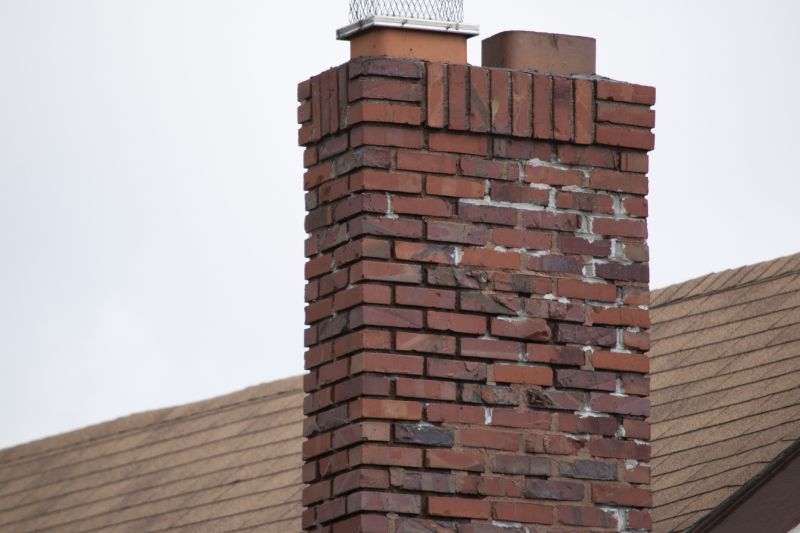
Inspecting the exterior masonry for cracks, missing mortar, or structural issues.
Chimney components such as the chimney cap, liner, damper, and smoke chamber play crucial roles in the safe operation of a fireplace. The chimney cap prevents debris, animals, and water from entering, while the liner protects the chimney structure and improves venting. The damper regulates airflow, and the smoke chamber directs smoke safely out of the home. Regular inspections ensure these components function properly, reducing risks of fire, smoke damage, and carbon monoxide intrusion.
Protects the chimney opening from debris, animals, and water intrusion.
Provides a safe passage for smoke and improves heat containment.
Ensures proper smoke flow and prevents creosote buildup.
Neglecting chimney inspections can lead to dangerous conditions such as chimney fires caused by creosote buildup, blockages from debris or nests, and structural damage that may result in costly repairs. Malfunctioning components can also cause smoke to enter living spaces or allow harmful gases to accumulate, posing health risks.
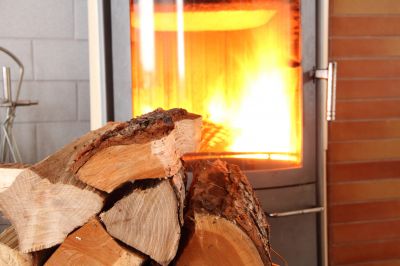
A traditional wood fireplace with a clear view of the chimney setup.
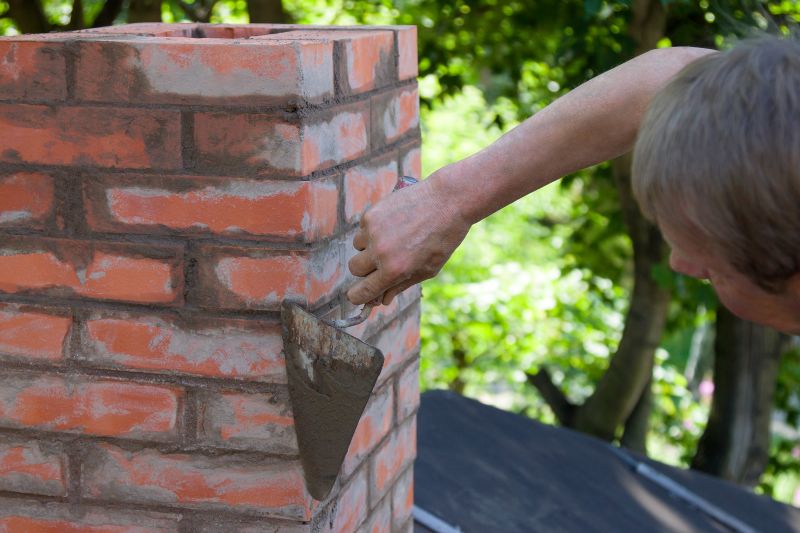
Close-up of masonry chimney exterior with visible mortar joints.
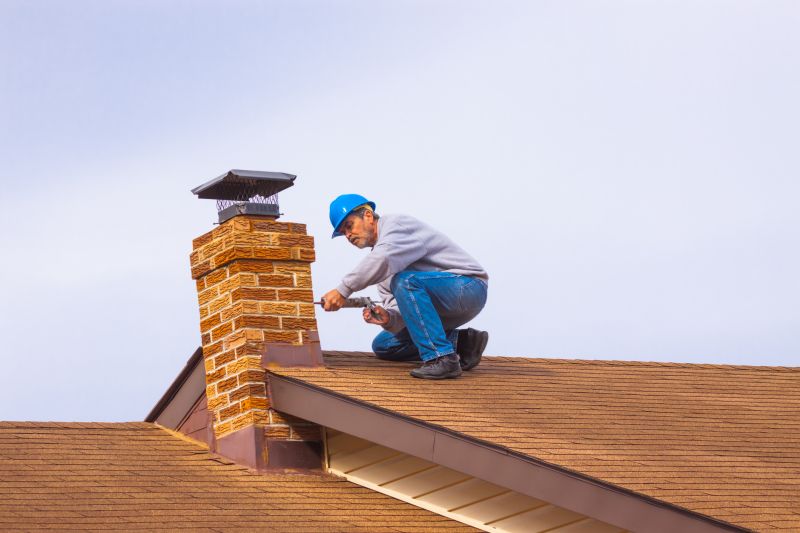
Chimney cap installed at the top of the chimney to prevent debris entry.

Open and closed damper inside the fireplace opening.

Accumulation of creosote inside the chimney liner.

Clean and maintained firebox ready for use.
Regular chimney inspections are a vital part of maintaining a safe and efficient fireplace. Homeowners are encouraged to schedule inspections periodically to identify potential issues early and ensure all components are functioning correctly. Use the contact form to request a quote for professional Chimney Inspection Service.
